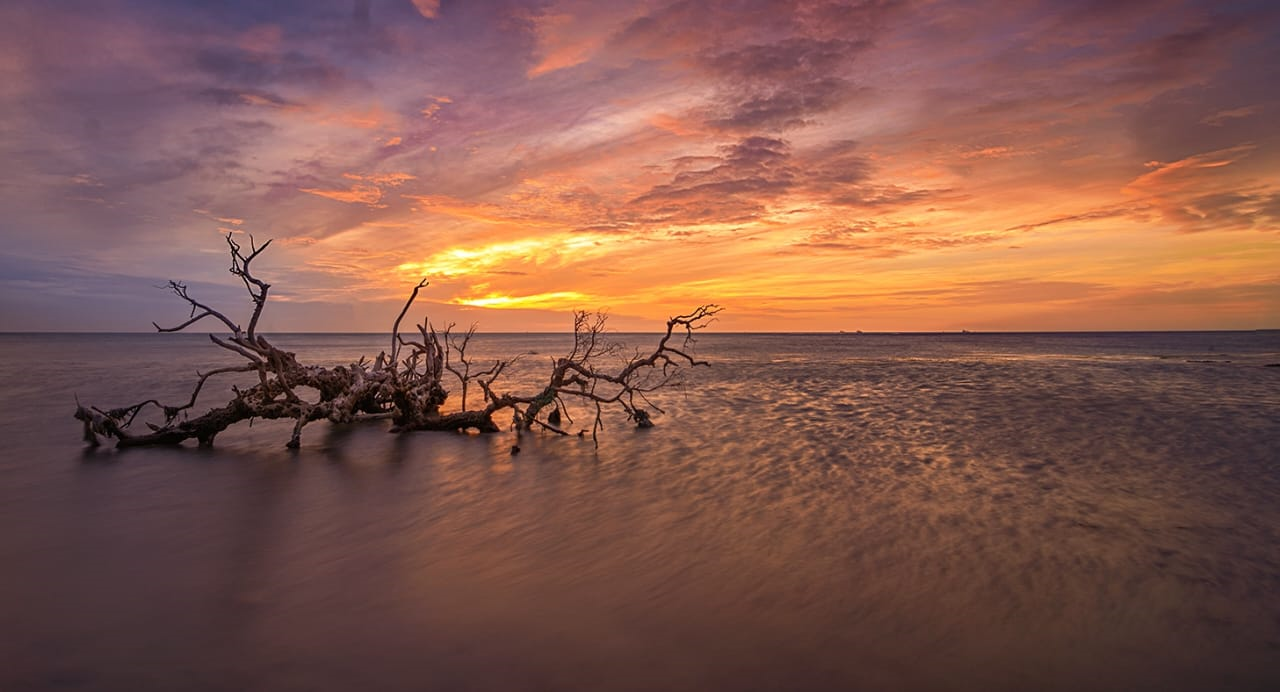ARULMIGU KULASAI MUTHARAMMAN TEMPLE

The Mutharamman Temple (Kulasai Mutharamman Temple) is located in Kulasekharapatnam near Thiruchendur in the Thoothukudi district , Tamil Nadu . It is 300 years old. The temple is situated at a distance of 14 km. from Tiruchendur. The presiding deities are found in sitting posture. Just below them Siva in the form of a swyambu is found.The presiding deities, facing North, are Mutharamman and Gnanamoorthy. The temple tree is neem. As Meenakshi in Madurai , Mutharamaman gets a prominent place here. The primary deities are found in sitting posture. Mutharaman is found with ornaments, wearing mangalsutra. Her right leg is folded. Gnanamoorthy is having spectre in one hand and vibuthi in another hand. His left leg is folded. In the mandapa, Petchiamman, Karuppasamy and Bairavar are found. There is a story connected with Dasara in this temple. Once Varamuni, a rishi did not give proper respect to Agasty...


.jpg)
.jpg)

